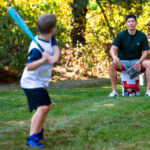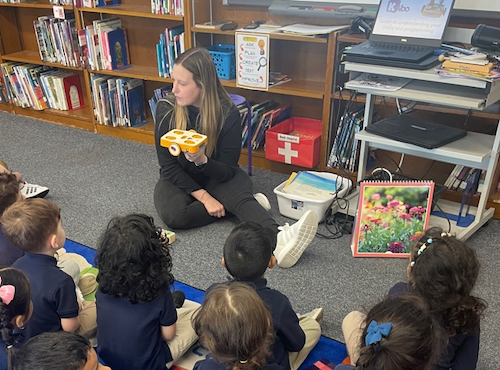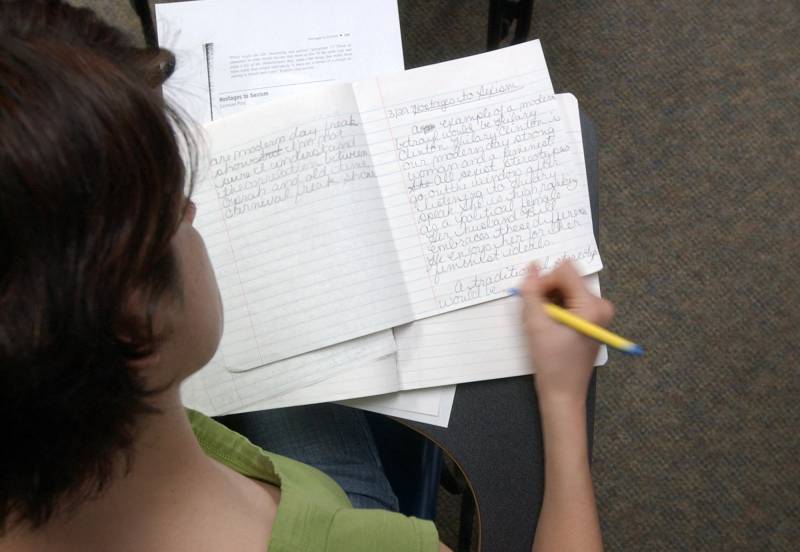Key points:
Robotics may seem intimidating, but student engagement will soar
Bringing robots to early education classrooms in rural Nevada
Robotics plays a key role in early STEM education
For more news on robotics, visit eSN’s STEM & STEAM hub
In my role as the school library media specialist and enrichment teacher at Garfield Elementary School, I was researching student-centered robotics products for K-2 students last year when my school won a grant from Montclair State University.
Montclair State University Professional Resources in Science and Mathematics (PRISM) was working with the New Jersey Department of Education to research computer science education and professional development of K-12 teachers focusing on the emerging computer science standards. Through this grant, I was able to get two KIBO robots, as well as the professional development that goes with them.
Later on, I had the opportunity to borrow eight more robots that are available through the lending library at Montclair State PRISM office. During the first year of the robotics program for our K-2 students, I discovered a few keys to be successful when bringing coding to this age group.
1. Make the lessons collaborative.
I started my robotics journey with a lesson for the first- and second-grade enrichment classes, working with two to three robots so that students were working in teams. We did a fairy tale exercise in which teams of students programmed their robot to act like a little pig running away from the Big Bad Wolf.
The more I saw these 1st- and 2nd-graders working together to decorate and program their robot, the more I thought, “Why not try coding with younger students?” So, I had 13 preschool students come into the library for a demonstration of how to program KIBO by arranging a sequence of the scannable programming wooden blocks with various commands on them, where the kids bring their program to life by scanning the code with the robot.
The first project we did was the Hokey Pokey. I introduced the commands for forward, back, right, left, shake and turn. They worked in groups of three, so the students took turns scanning the blocks. They had to stop and debug along the way if KIBO didn’t perform as they hoped, which taught them problem-solving. I was worried that students this young would get frustrated, but in fact, they were so excited that it created conversations about the errors, creating full-class collaboration. Once they had perfected their code, we did the Hokey Pokey as a class–all the robots and all the kids.
The teachers were amazed that preschoolers could program a robot, and the students had so much fun working in teams. When lessons are collaborative like this, students teach each other and gain ownership. Learning from a peer and not having the teacher telling them what to do boosts the confidence of kids who maybe aren’t getting it right away.
2. Make lessons open-ended.
Encouraged by the successful preschool Hokey Pokey, I moved on to a whole-class robotics lessons with our kindergarteners. This lesson was more open-ended. Rather than programming the robots to do a specific dance, I asked students to program their robots to navigate around meteorites. We also created a maze and did a lesson called “How to Catch a Unicorn,” where they programmed the robot to navigate various obstacles on the way to capturing a mythical beast.
I felt triumphant seeing the enthusiasm of 20 kindergarteners. Robots are inherently fun for many students, but these open-ended lessons also give them the opportunity to self-teach. They sometimes know more than I do, so it makes sense to have students take the lead in their own learning.
3. Make lessons hands-on and student-driven.
Another lesson that I did with the 1st- and 2nd-graders was “If You’re Happy and You Know it, Clap Your Hands.” This song lent itself to introducing them to KIBO commands they hadn’t used yet, such as “Wait for Clap,” the sound sensor, and the light sensor. When the kids clapped, they could make their robot light up in different colors. They also recorded their own voices with the Sound Recorder sensor to make their robots shout “hooray!” when the lyrics of the song say, “If you’re happy and you know it, shout hooray!”
Watching my students take the lead in these hands-on lessons inspired me to expand my own knowledge. I went to the Montclair State University and William Paterson University for additional training and to learn more about AI, coding, and robotics. I came to the conclusion that I should incorporate coding more with the kids in their regular instruction and in my life.
Not only is programming a valuable mindset for all our students to learn, these hands-on lessons are deeply engaging. When students were working with robots, behavior issues decreased compared to when I was teaching routine, structured lessons.
To my fellow educators who are new to robotics for elementary students: I know that the logistics of setting up coding lessons for young learners can be daunting when you’re teaching seven classes a day. But it’s incredibly rewarding when every student is engaged and they ask to do it again. As I begin the new school year, I look forward to offering more coding and taking my students deeper into it. My final advice to my fellow educators is this: Just try it. If you make a mistake, you and your students can debug together, and the lesson becomes richer.
In my role as the school library media specialist and enrichment teacher at Garfield Elementary School, I was researching student-centered robotics products for K-2 students last year when my school won a grant from Montclair State University. Coding and Robotics, Featured on eSchool News, STEM & STEAM, computer science, computer science education, Department of Education, Education, enrichment, grant, keys, robotics, young, young learners eSchool News








